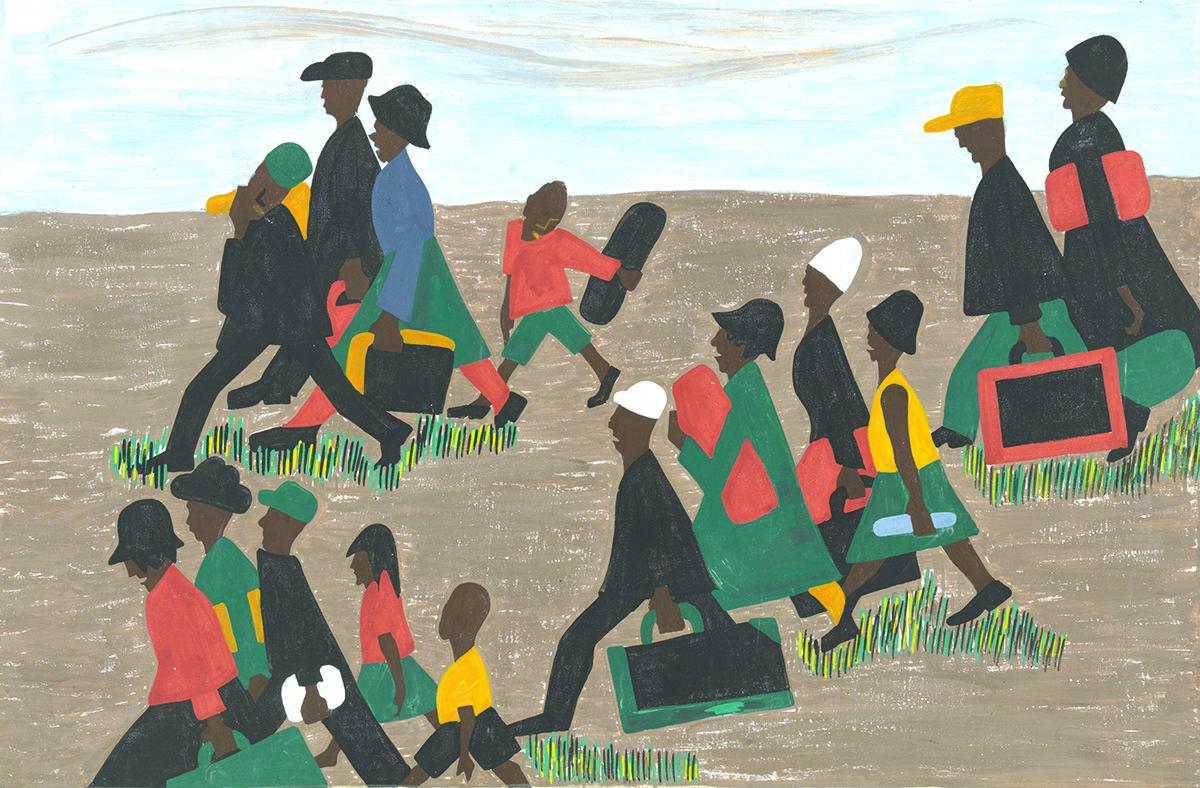When I was junior in high school, I was a participant in a national speech competition known as the “Drum Major for Justice Advocacy Competition.” The competition mainly focused on Dr. Martin Luther King jr’s legacy and pushed the participants to research Dr. King’s past in hopes of crafting a speech that was largely centered around how he would tackle current societal issues. It was through this competition that I first heard of the “school-to-prison-pipeline.” This pipeline is a systematic form of oppression that has involved pushing the country’s most at risk adolescents, in particular those of color, out of the classroom and into a life of crime. The pipeline has reached this effect through the implementation of various, strict policies known as “zero tolerance policies.” These policies focused less on teaching students and more on punishing students that could possibly create a disruption within the classroom. An example of such a policy was the The Gun-Free Schools Act which was passed in 1994. The act, according to the U.S. department of education, mandated a yearlong out-of-school suspension for any student caught bringing a weapon to school.
As states began adopting these zero-tolerance policies, the number of suspensions and expulsions increased. Through adopting unforgiving policies such as these, several states saw dramatic increases in school suspensions, must notably however was that according to editor Libby Nelson,”[the rate] has increased even more for black and hispanic students.” While this has been the known history behind the growing disparities caused by the preschool to prison pipeline, a new article in 2017 that was written by Mackenzie Chakara, has started to address a new side to the pipeline: its effect on young black women.
One of the biggest issues created by the preschool to prison pipeline is its unequal treatment towards young children of color. However according to Mackenzie, these problems are much worst for black women for “efforts to correct this problem often fail to include black girls, who are six times more likely to receive an out-of-school suspension than their white counterparts.” This side of the debate is one that is often times overlooked, in most case studies researchers tend to group black people or hispanics into separate large categories. While this can often times be useful to draw important distinctions, it can also cause for women to be overlooked, which Mackenzie argues is an even greater injustice. In fact Mackenzie takes her argument even further and states that “these disciplinary practices damage social-emotional and behavioral development; strip away important educational experiences; interfere with the process of identifying and addressing underlying issues; and contribute to increased family stress and burden.”
While there does not seem to be a clear cut solution to this underlying issue, it is important that the disparities caused by the preschool to prison pipeline are raised and effective change be demanded. While disciplinary actions are important to have in schools, they should not hinder the development of the youth. Through analyzing Mackenzie’s new information regarding the pipeline’s effect on young black women, it becomes even clearer that a change must be attained.
Sources: (Mackenzie’s article) and
